Central Management Systems are crucial tools in managing and monitoring various IT resources across an organization. These systems provide a unified interface for overseeing all networked computers, servers, and other devices, simplifying the administration of IT tasks and enhancing security and compliance. Key Features of Central Management Systems:
- Device Management: Allows administrators to manage and configure devices remotely, ensuring all systems are up-to-date and compliant with company policies.
- Software Deployment: Facilitates the distribution and installation of software updates and patches to multiple devices simultaneously, ensuring all systems are secure and functioning optimally.
- Security Management: Provides centralized security features such as antivirus management, firewall policies, and intrusion detection systems to protect against threats.
- Monitoring and Reporting: Offers real-time monitoring of systems and generates detailed reports on their status, performance, and any issues that arise, aiding in proactive maintenance and troubleshooting.
- User and Access Control: Manages user access to various resources, ensuring that only authorized personnel have access to sensitive information and systems.
- Backup and Recovery: Implements centralized backup solutions to ensure data is regularly backed up and can be quickly restored in the event of data loss or a system failure.
- Network Configuration: Manages network settings and configurations from a central location, improving network performance and reliability.
- Compliance Management: Helps ensure that all systems comply with relevant laws and regulations, reducing the risk of non-compliance penalties.
- Asset Management: Tracks and manages all IT assets, providing insights into their usage, lifecycle, and maintenance needs.
- Remote Troubleshooting: Enables IT staff to remotely diagnose and resolve issues, reducing downtime and improving user satisfaction



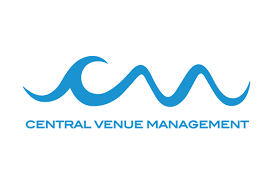
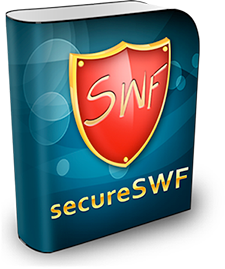
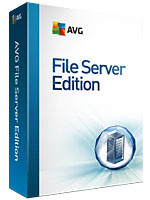

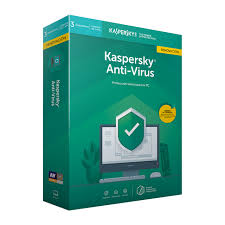

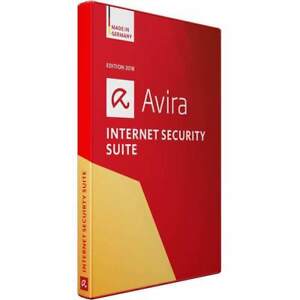










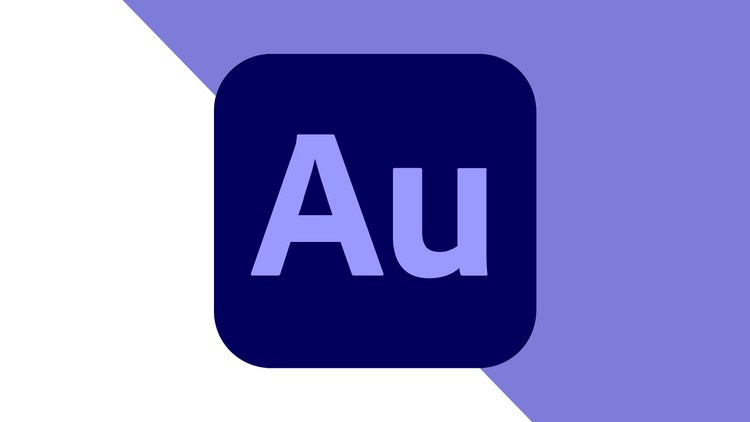

There are no reviews yet.